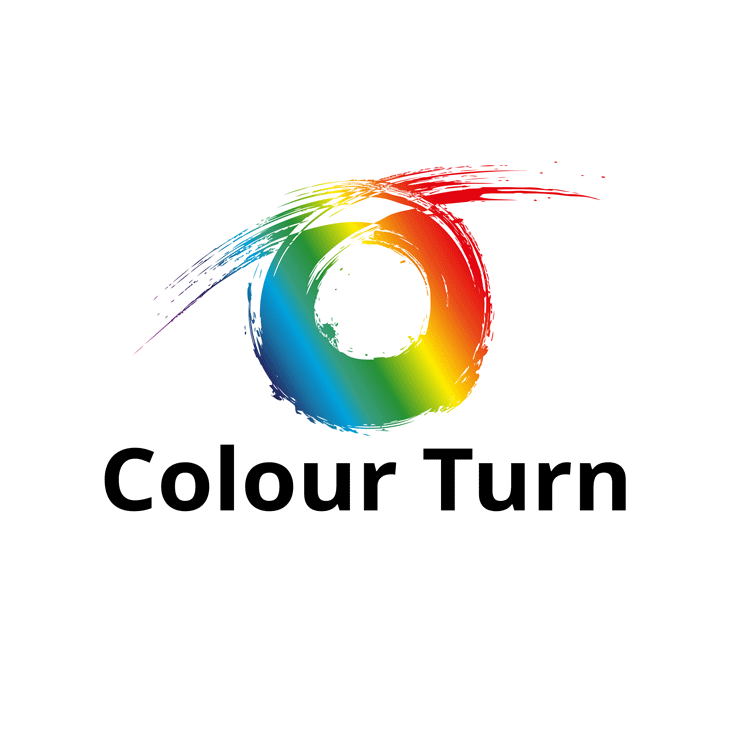
WHAT COLOUR MEANS—WHAT COLOURS MEAN
Hosted by the interdisciplinary journal Colour Turn at the University of Tübingen, our Colour Research Colloquium (CRC) invites young scholars from various fields to explore colour as both a sensory experience and a cultural signifier. We welcome 15-minute presentations on ongoing research at any stage. If you’re simply curious and would like to attend as a listener, you’re very welcome to join as an audience member. Just send us a short email at submission@colourturn.net to express your interest. For a sense of the atmosphere and themes explored in past sessions, you can visit the CRC Report pages and read the published reports.
We look forward to continuing the conversation this October with the third edition of the Colour Research Colloquium. Stay tuned!
Our journal welcomes a wide range of topics, including but not limited to the following:
Colour in Interdisciplinary Context
- Basics of colour research
- Methodology for interdisciplinary colour research
- Definition of colour
Colour and the Mind
Part 1: Colour in Cognitive Science
- Colour in the brain: The construction and representation of colour in the visual system
- Crossmodality: Colour, taste and smell—The phenomena of synaesthesia
- Changing colour perception—In the early childhood and old age
Part 2: Colour in Psychology and Phenomenology
- Colour and language
- Goethe’s legacy: Colour and emotions
- Internal colours: Colour memory, dreams, drugs and trips
- Colour as a medium of imagination and understanding
- Colour preferences
- Perceptual phenomena, e.g. colour contrast, colour constancy, etc.
Colour and Nature
Part 1: Colour in Nature
- Colour codes
- Colour display in courtship
- Signalling and communication
- Evolution of human and animal colour vision
- Colouration of animals and plants
Part: Nature of Colour
- Newton’s legacy: The physics behind colour
- Natural pigments
- Structural colours
Colour and Technology
Part 1: Colours in Pre-Modern Era
- Techniques of colour reproduction: From early antiquity to the modern era
- The exchange of colourful materials in ancient civilizations
Part 2: Colours in Modern Era
- Colours in the Age of Mechanical Reproduction, industrialization and massification
- New synthetic colours as a chemical invention of the 19th Century
- Colour and (post)colonisation
- Advertisement: Colour and consumption—First generations of (old) media, e.g. TV
Part 3: Colours in Post-Modern Era
- New Pixel Systems—OLED, LED and Micro LED
- Resolution in 2, 4, 6, 8 K and so on—The impact of high definition on moving images
- The new wave of food design and the unhealthy effects of artificial colours
- Advertisement: Colour and consumption—Second generation of media, e.g. Networked and digital (new) media
- Colourful outfits for everybody—The change of fashion industry
- Aspects of colour recognition in the development and use of artificial intelligence
Colour and Communication
Part 1: Colour and Language
- Colour terminologies, concepts, naming
- Colour in ancient languages
Part 2: Colour and Visual Communication
- Colour as didactic tool
- Colour systems as tools for orientation, e.g. traffic
- Fashion and body language
- Colour as a tool in science
- Colour as tool in diagnostics
- Colour discriminations: Sexism, feminism, racism
- Colour shock: Colour communication among cultures
Part 3: Colour in Communication Design
- Material design
- Industrial design
- Spatial design and architectural design
- Information design
- Web Design
Colour in Art and Media
Part 1: Colour in Art
- Self-reflection and the first human paintings
- Colour compositions in realistic paintings
- Creating light and shadow with pigments and dyestuffs
- History of color materials
- Literary imaginations—The stimulation of inner visions in poems and lyrics
- Theme and mood—Colour in cinema
- Set them free: The liberation of colours in animation
Part 2: Colour in Analogue Media
- Re-creating history in black and white
- Auto chromes: The great ideas of the Lumière brothers
- The journey of colour photography all over the world
- Hand-paintings—From daguerreotype to early movies
- The complicated colour-struggle of the movie industry
- Kodak chrome
- Glorious Technicolor
- Agfa colour: Colour and propaganda
- The breakthrough of multi-layer film after the second world war
- Eastman colour, Fuji and others
- The red button and the start of the new era of colourful TV-entertainment
- The sprawling archive—The private life in Agfa and Kodak-colour
- The ephemeral colours of multi-layer films
Part 3: Digital Colours
- The colours of electronic media systems
- Non-controllable colours in hybrid media and media transformation
- The colour palette of the World Wide Web
- Colour in 3D and other immersive media
- Lucid and deep—The aesthetic of wide gamut monitor systems
Colour in Culture and Society
Part 1: Colour and Normativity
- Colour and political power
- Mainstream: Colour and fashion
- Clergy colours and the hierarchy in religious institutions
- Colour and racism—The construction of whiteness
- Colour tools of gender-constructions
Part 2: Colour and Counter-Cultures
- Avant-garde: Colour and fashion
- Female revolts: Pink panties and red lips as symbols of protest cultures
- Colour and colourlessness in youth movements
- Rainbow-communities: Empowering marginalized people through colours
- Black is more than beautiful: Re-creating the symbolism of darkness
- Neither black nor white: Grey signifies difference
- Queering colours and the visual de-construction of gender roles
- Colour events and happenings—Visual overload as experience
Part 3: Colouring Inter-Cultur(es)
- Colour preferences and cultural identities
- Colour phobia in western societies
- Colour perception and discourses in Asian cultures
- Colour landscapes: Scripted spaces in multi-cultural urbanity
- Fusion of colours—The migration of visual cultures
- Colours pushing business—Signature for global brands and commercials
- Tourism and fashion trends: Import of new colours
- Colouring the future—The design of life and work spaces in trans-cultural societies
- Colour aesthetics and globalization
Part 4: Social Functions and Values
- Human colours in the pre-history—e.g. health practices, funerals
- Holy colours: Rituals and religions
- The colours of mourning and the colours of joy
- Colour and colonisation
